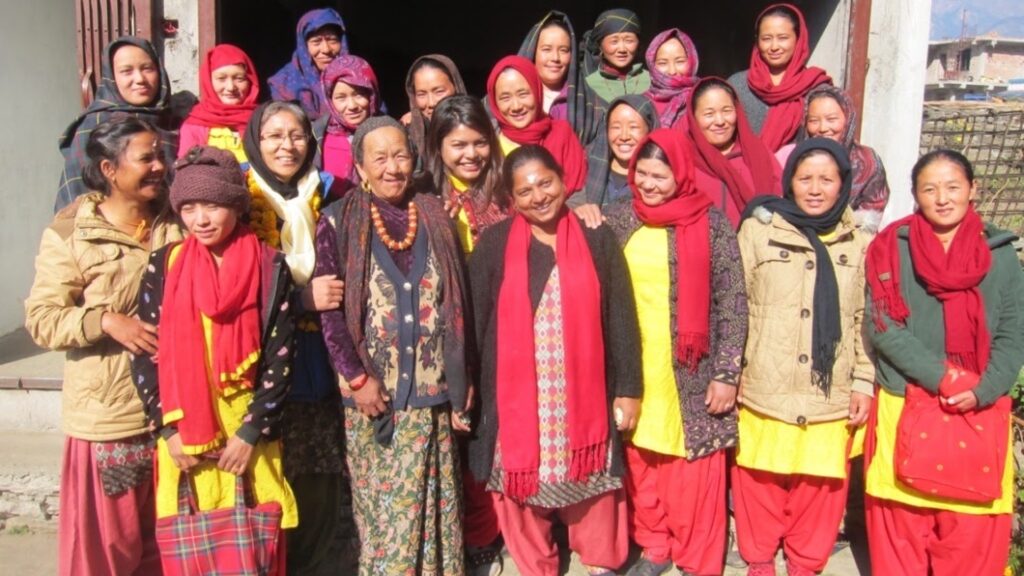Resilience: To be or not to be?

The buzz word of the moment – “resilience” – became the dominant paradigm in international development as a result of the 2008 financial crisis. Collapse of the markets showed that the principle of “transition”, which had guided development since the collapse of the Berlin Wall, was ill-equipped to deal with external shocks.
Resilience has gained even more salience as a result of the pandemic and the war in Ukraine. But there is a serious downside to this. Resilience has become overloaded with different meanings as international agencies have co-opted it to suit their pre-existing agendas. In so doing, they have paid too little heed to what local people working at the grassroots want and need. As Maggie Black points out in International Development: Illusions and Realities:
“When you have witnessed the bulldozing of shantytown dwellings, the brutality of sex work in squalid slums, the rotting garbage heaps picked over by scavenging children, the homes where family upon family recounts the loss of land, livelihood and family pride to make way for ‘development’, it is impossible not to feel distaste at international policymakers’ latter-day discovery of qualities such as ‘resilience’.”’[1]
So, is resilience a useful concept in development? Since 2020, Philanthropy for Social Justice and Peace (PSJP) has been addressing this question as part of its Defining Key concepts series by holding online discussions with practitioners. Initial results were published in 2021 in Building resilience in international development. This publication was followed up with further explorations and a second report has been published recently: Understanding resilience in international development.
Results suggest that the term “resilience” excites strong feelings. Many local practitioners are critical of how international aid and philanthropy practices undermine domestic civil society, eroding agency and the dignity of communities. As Ambika Satkunanathan, Chair of the Neelan Tiruchelvam Trust in Sri Lanka, a country affected by decades of conflict and hardship, observes:
“The ability of people, who have endured the loss of life and property, immense suffering and trauma, to make it through another day is labelled resilience and praised and admired.”
At the same time, the PSJP study found examples where resilience proved to be a useful concept, having transformative potential in contexts where people have to deal with multiple shocks and sudden changes. One of the proponents of this progressive application of “resilience” is Eva Rehse of the Global Greengrants Fund. In the dialogues organised by PSJP to explore the concept, Eva broke down resilience into specific elements that are necessary to reach transformation:
“…strong local leadership, strong community networks, a sense of dignity and common identity, a diversity of livelihood options, the fulfillment of rights… those are just some of what we would also often call local assets, that we see as really important to build resilience.”
We documented three case studies that support Eva’s thesis: the work of Tewa, a women’s fund in Nepal at the time of the devastating earthquake in 2015; Global Greengrants Fund’s (GGF) grantmaking programme targeted at building climate resilience; and the research in community resilience by the Harvard Humanitarian Initiative (HHI) particularly in the Philippines, a country affected dramatically by natural hazards. The case studies indicate that in an unpredictable and volatile context individual and collective resilience, built over time, to disasters or climate impacts can help people get out of survival mode as they start to cope better and open up opportunities for power shifts as local leadership and local networks develop and communities begin to organise and advocate to achieve big picture shifts.
However, activities fostering this type of “resilience-building” are seldom applied, experienced or indeed funded in the manner that Eva argues for. At the other end of the pole from Eva in our debate, Halima Mahomed, a research fellow at TrustAfrica, recognised the transformative potential of the concept but cautioned against its use as a panacea:
“…not to say that resilience can’t be political or transformative, but in practice it’s often not seen that way, and while it can be a form of power, it can also be used by those in power as a form of oppression, in furthering inequality, and we need to guard against this.”
Halima’s position resonated with many of our dialogue participants. There was a sense that in “broken” systems ravaged by inequalities and poverty, oppression, racism and extraction, people didn’t want to be “resilient”, which implied enduring that system and adapting to it. The language of “resilience” has in such contexts in fact perpetuated unjust systems at the cost of people’s agency. A participant in our dialogues noted:
“The term is used so pervasively but in a way that almost excuses or distracts from the social justice questions that make the survival necessary…resilience funds in the development sector are often designed as survival coping funds but not supporting actions that challenge and transform structures that systemically exclude the most vulnerable.”
The conclusion of PSJP’s studies suggests that, when assessing the value of resilience, context is of central importance. Resilience strategies require a clear lens of progressive agency, a normative goal based on social justice, and an explicit method designed to strengthen communities’ ability, not merely to survive but also to thrive in ways that those communities determine. There are also clear implications for the philanthropic community on how to fund these types of self-determined, community-led approaches. These approaches are all present in the case studies of Tewa, GGF and HHI, which together show how we can learn to build effective strategies to build resilience with dignity.
[1] Black, M. (2015) International Development: Illusions and Realities, New Internationalist
Authors


